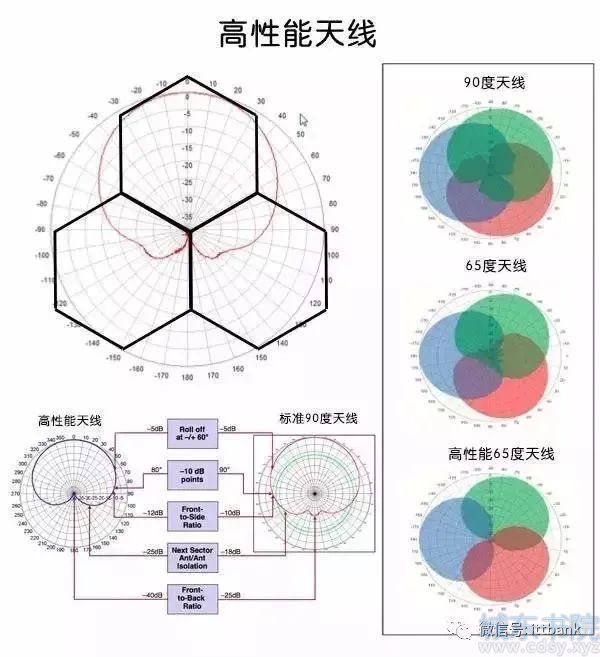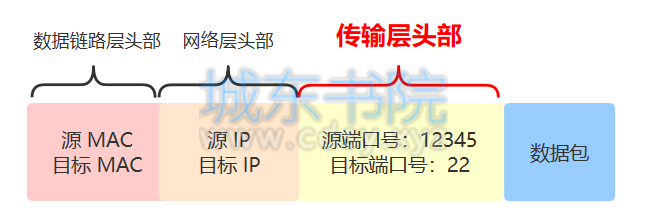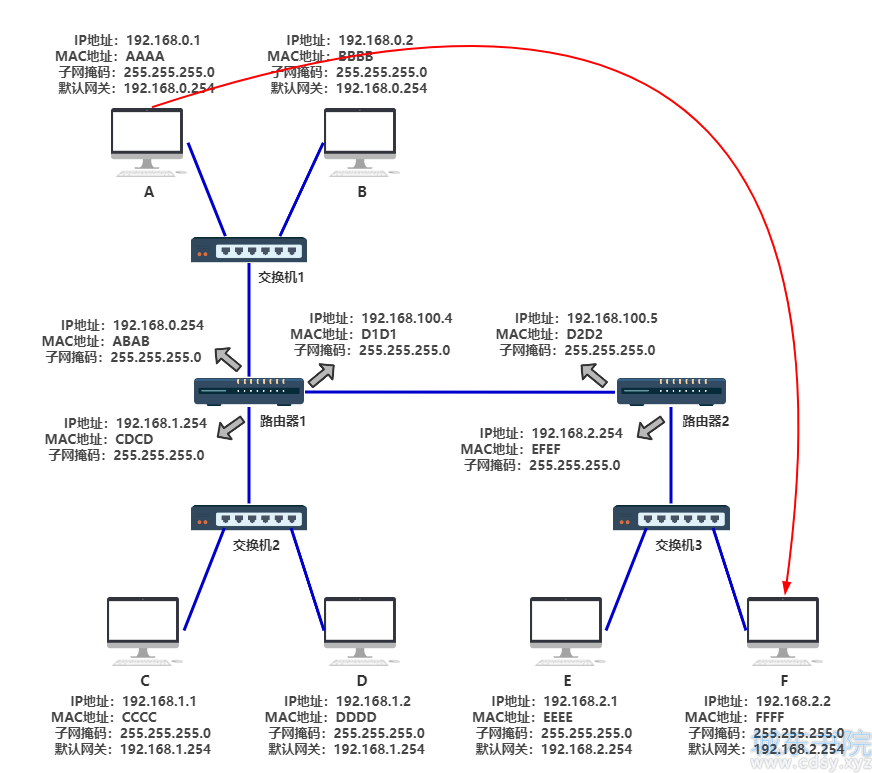tensorflow存取,读取,及保存的文件的含义
时间:01-30来源:作者:点击数:
1. 保存恢复命令
1) class tf.train.Saver
保存和恢复变量的类。
2) tf.train.Saver.save(sess, save_path, global_step=None, latest_filename=None, meta_graph_suffix='meta', write_meta_graph=True)
保存变量。默认保存最近5步的所有变量。每次保存的文件格式为:model_epoch1.ckpt.data-00000-of-00001,model_epoch1.ckpt.index,model_epoch1.ckpt.meta。不过我不太明白每个里面存储的什么东西。
如果存储指定的变量,例子为:
# Create some variables.
v1 = tf.Variable(..., name="v1")
v2 = tf.Variable(..., name="v2")
...
# Add ops to save and restore only 'v2' using the name "my_v2"
saver = tf.train.Saver({"my_v2": v2})
# Use the saver object normally after that.
...
3) tf.train.Saver.restore(sess, save_path)
恢复之前保存的变量。saver还有其他一些函数。
2. tensorflow保存网络结构及恢复
保存:
v1=tf.Variable(...,name="v1")
v2=tf.Variable(...,name="v2”)
之后,创建一个saver对象,来进行保存,同时不要忘记设定保存的路径。
saver = tf.train.Saver()
save_path = saver.save(sess, "./MNISTmodel/model.ckpt")
print ("Model saved in file: ", save_path)
模型保存好之后,在需要再次使用这个模型时,同样需要再创建一个saver对象。不要忘记,要将模型中之前保存好的变量名称再赋给需要载入的模型,即
v1 = tf.Variable(..., name="v1")
v2 = tf.Variable(..., name=“v2”)
不过此时不需要对这些变量进行初始化了。
saver = tf.train.Saver()
......
with tf.Session() as sess:
# Restore variables from disk.
saver.restore(sess, "./MNISTmodel/model.ckpt")
print "Model restored."
这样就可以直接恢复之前训练好的模型了。
方便获取更多学习、工作、生活信息请关注本站微信公众号









 湘公网安备 43102202000103号
湘公网安备 43102202000103号